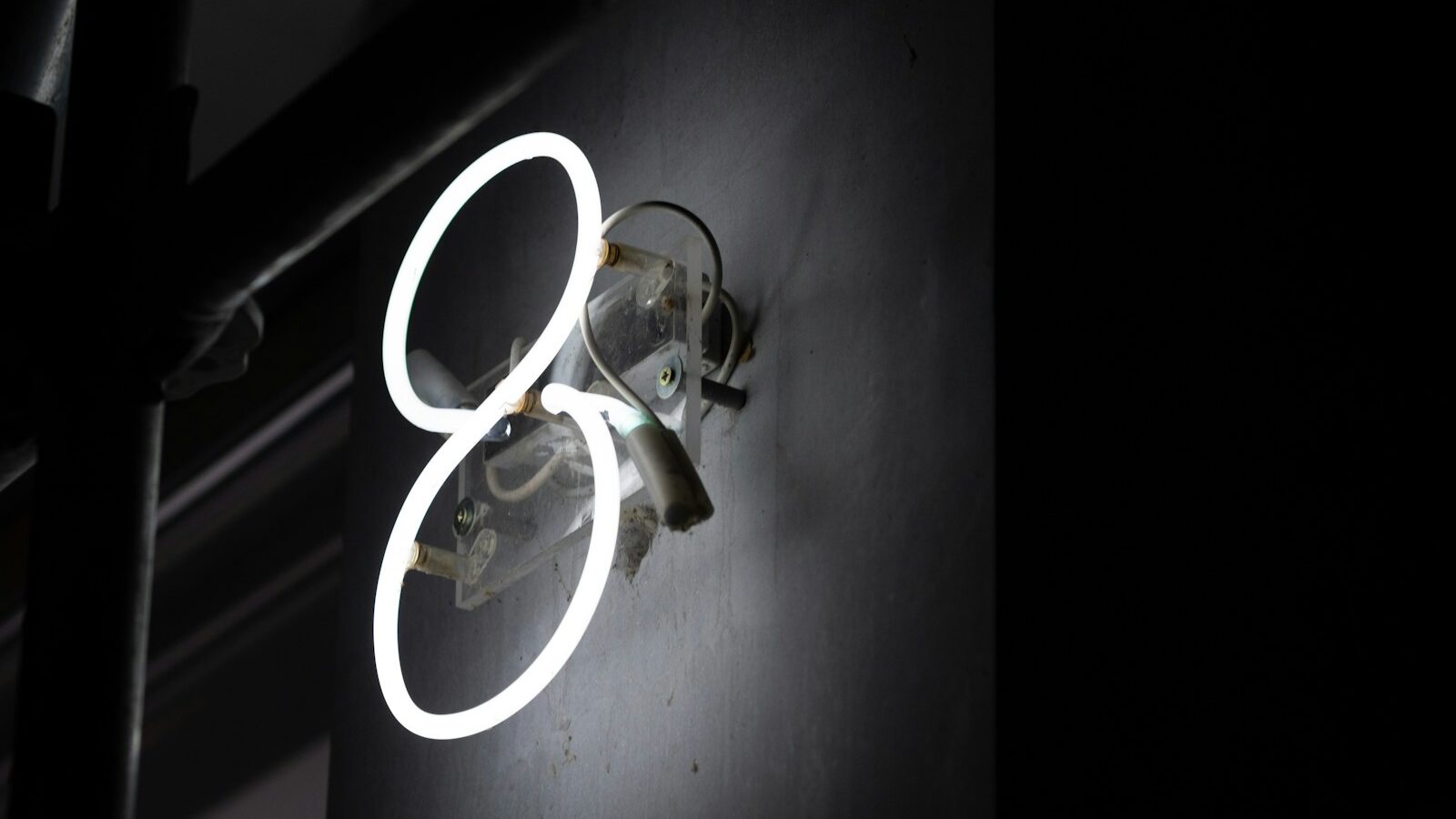Every year, a new workplace buzzword captures headlines, floods LinkedIn feeds, and briefly dominates HR discussions. We’ve had ‘quiet quitting’, ‘rage applying’ and now, ‘quiet cracking’: a term that refers to a deep, persistent sense of unhappiness and disconnection that erodes job satisfaction and motivation.
Unlike the deliberate withdrawal of effort associated with quiet quitting, quiet cracking is more concerning because it’s less obvious and unlikely to show up in either productivity or performance levels. Think of quiet cracking as a hairline fracture in a porcelain cup – invisible at first but spreading quietly. The cup still holds water and appears fine until one day, seemingly without warning, it shatters.
According to research from TalentLMS, at least 54% of employees say they’re ‘quiet cracking’ at work. Do not let the term fool you, though. This is not a new workplace phenomenon or a sudden, mysterious trend. ‘Quiet cracking’ is a workplace-friendly rebrand of anhedonia: the loss of joy, motivation, and engagement in activities that once felt meaningful.
A sharp new label can act as a wake-up call for leaders who have minimised mental health as a personal issue.
What is anhedonia?
Anhedonia is often associated with depression, trauma, or burnout, but many employees experience it without a clinical diagnosis. At work, it manifests as employees who are present, on time, and seemingly fine, but who have emotionally checked out and are struggling to see a prosperous future with their employer.
This new quiet cracking phrase has traction because it’s digestible, clickable, and hard to ignore. But what it really signals is that mental health at work is no longer a private concern. It is a systemic, organisational challenge – and it’s time we take it seriously and treat it as the risk that it is.
How does anhedonia present in the workplace
Anhedonia is not just sadness or low motivation. It is an emotional flatness, a disconnect from purpose and pleasure that makes life – and work – feel muted. In a corporate context, it shows up in disengagement, a lack of curiosity or innovation, and survival-mode performance even in otherwise ‘high achievers’.
The causes are layered and familiar:
- Relentless workloads;
- Uncertainty about the future;
- Economic instability;
- Leadership gaps;
- The creeping isolation common among younger Millennials and Gen Z.
Add to this a lack of recognition, ongoing learning or career development, and you have a workforce that feels increasingly hollowed out.
Quiet cracking is simply the name we’ve given this reality, but names matter. A sharp new label can act as a wake-up call for leaders who have minimised mental health as a personal issue or ‘resilience gap’, rather than a systemic responsibility.
Human connection is one of the strongest antidotes to disengagement.
Why should I care about quiet cracking?
The cost of ignoring disengagement has been well documented. Gallup estimates it drains nearly $9 trillion annually from the global economy. But numbers don’t tell the whole story.
Quiet cracking is stealthy. Employees may not voice dissatisfaction or formally resign. They withdraw emotionally and might just seem a little ‘off’ or like they need a long weekend. But the ‘meh’ leads to cascading problems like burnout cycles, higher attrition, missed opportunities for innovation, and a pervasive cynicism that spreads through teams.
Leaders who fail to acknowledge mental health create workplaces where people feel disposable, unsafe, or unseen. Quiet cracking should not be dismissed as another fleeting HR trend. It’s a warning sign that the way we have been designing and leading organisations is no longer fit for purpose.
How can I address quiet cracking?
There are the obvious actions like role clarity, ongoing discussions about performance and investing in continuous L&D opportunities. But putting those aside, it’s time we embed wellbeing as part of life at work, rather than launching the odd seasonal campaign or providing free subscriptions to the Calm app.
Here’s what HR can do:
Mental health support and literacy
Every workplace should have trained mental health first aiders, confidential access to therapy, and clear signposting of available support.
Normalise conversations about stress, burnout, and emotional health through education, leadership role-modelling, and psychological literacy training.
Community and belonging
Human connection is one of the strongest antidotes to disengagement. Build this intentionally by encouraging participation in volunteer projects and corporate social responsibility initiatives.
Consider, also, employee-led networks and clubs, and creating kindness-driven campaigns that reinforce community and shared purpose.
Flexibility and autonomy
True flexibility is not a perk. It should be the default design at work. Adopt “work from anywhere” policies where possible, offer genuine choice in hours and location, and design workplaces that accommodate the whole person.
This might involve pet-friendly offices, a 32-hour work week, daycare/child care facilities at work or being more accommodating of caregiving needs.
Recognition and rewards
Recognition fuels engagement and emotional connection. Make praise a daily habit through peer-to-peer shoutouts, public acknowledgements, and leader-driven feedback.
Introduce micro-rewards like vouchers, bonus leave, or surprise team celebrations. And ensure recognition aligns with company values rather than arbitrary metrics.
Movement and joy at work
Movement and play are not distractions; they’re vital to creativity, resilience, and connection.
Encourage walking meetings, yoga sessions, and active breaks. Build moments of levity into your culture – yes, even chair races – because joy is not frivolous; it’s a performance driver.
Career development and mobility
Uncertainty about career prospects fuels quiet cracking. Give employees a sense of future by providing transparent talent pathways, development programmes, and opportunities for job rotation.
Embed peer coaching frameworks like GROW to shift culture from command-and-control to empowerment and partnership.
Quiet cracking is a sign that we’ve been shirking this responsibility.
The mindset shift
For decades, leaders have been sold the myth that work and life exist in separate worlds. Work is a defining part of life, consuming a third of our waking hours, shaping our identities, relationships, and wellbeing.
Leaders and HR professionals don’t have to be therapists, but we do need to understand our responsibility to create environments that don’t harm our people.
Quiet cracking is a sign that we’ve been shirking this responsibility. This isn’t another trendy phrase to toss around in meetings. It’s a wakeup call for all of us because our global workforce is fraying at the edges and the crack are becoming visible.
It’s up to us to prevent further damage, to invest in wellbeing, and to lead with humanity as we change how we design and experience work.






